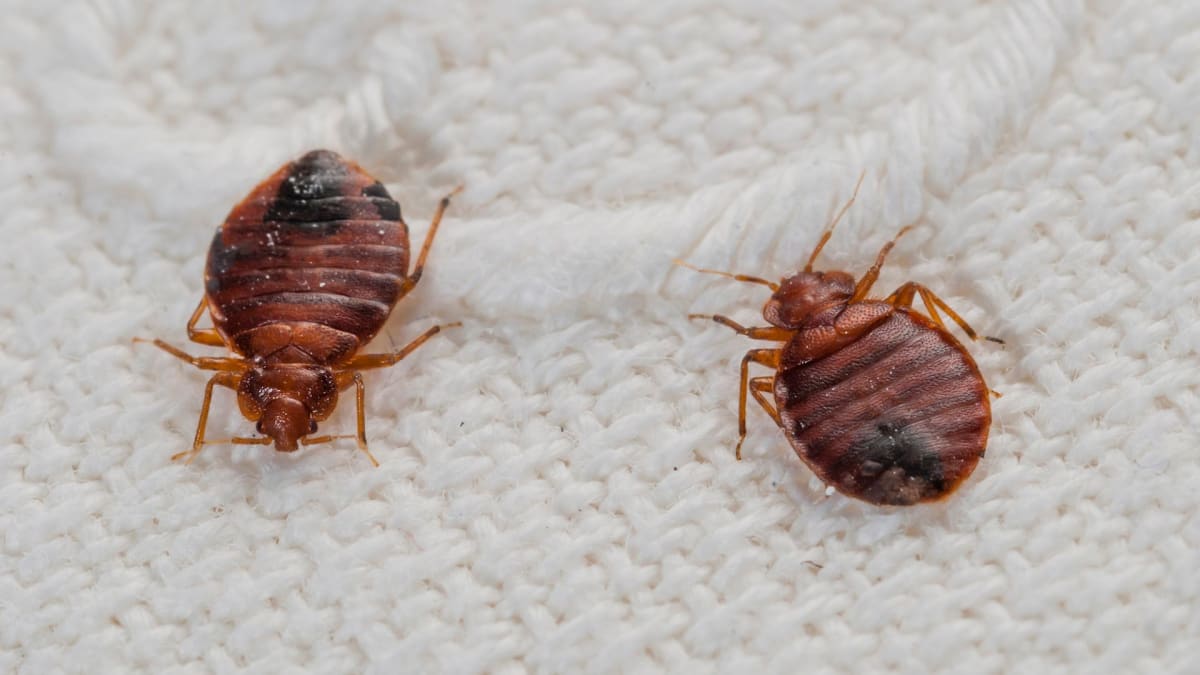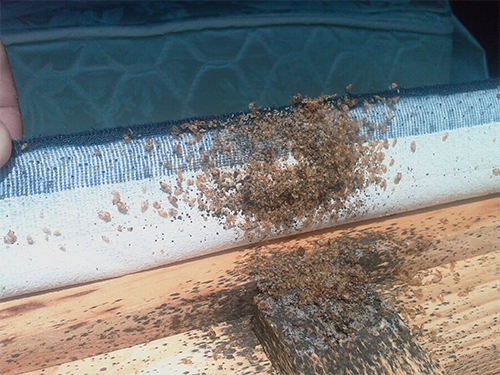Qualified Bed Bug Exterminator Near Me: DC Heat Treatment Specialists
Qualified Bed Bug Exterminator Near Me: DC Heat Treatment Specialists
Blog Article
Checking Out the Science Behind Bed Bug Warm Treatments as a Sustainable Bug Management Method
One such method that has actually obtained grip in current years is the usage of warmth therapies to combat bed pest problems. The ins and outs of exactly how heat efficiently gets rid of bed pests and the wider effects for lasting insect management practices make this a topic worth discovering additionally.
Bed Pest Warm Treatment Process

Thermal Death Factor for Bed Bugs
Subjecting bed insects to raised temperatures past their thermal resistance array is crucial for attaining effective eradication in warm therapy processes. The thermal death factor for bed bugs describes the temperature level at which these bugs can not endure. Research study indicates that bed bugs start to perish when revealed to temperature levels above 113 ° F(45 ° C) for a sustained duration. As the temperature raises, so does the death price of bed pests. At around 118 ° F(48 ° C ), bed pests start to die quickly, with a mortality price of nearly 99% within mins of direct exposure. This demonstrates the sensitivity of bed pests to heats and highlights the effectiveness of heat therapies in getting rid of invasions. By reaching and keeping temperatures over the thermal fatality point for bed insects, bug monitoring experts can make certain extensive elimination of bed insect populaces, including hard-to-reach areas where chemical therapies may be much less reliable. Comprehending the thermal death point for bed pests is essential for applying effective warm therapy techniques and accomplishing lasting parasite management end results.
Benefits of Warmth Treatments
Having established the crucial thermal death factor for bed insects, it is necessary to currently discover the significant advantages that warmth therapies supply in properly removing these resistant parasites. One of the main benefits is that heat can permeate deep right into splits and crevices where bed pests conceal, guaranteeing that also the most hard-to-reach locations are heated to deadly temperature levels.
Moreover, heat therapies are eco friendly and safe, making them a sustainable parasite monitoring method. Unlike chemical pesticides, warmth treatments do not leave damaging deposits that can position dangers to human wellness or the environment. This aspect is specifically vital in delicate environments such as health centers, institutions, and residential locations where chemical use may not be preferable.
Furthermore, warmth treatments have a high success price in removing bed insect problems in a solitary treatment, lowering the requirement for numerous sees and lessening interruption to residents. This efficiency not just conserves time and money yet also supplies assurance to those dealing with bed bug problems.
Efficiency of Warmth Therapy

Warmth treatments have the included advantage of killing bed insect eggs, which are frequently immune to typical chemical treatments. Generally, the performance of heat treatments in removing bed bug invasions makes them a trusted and lasting parasite administration approach.
Sustainable Parasite Administration Conveniences
Applying sustainable insect monitoring techniques supplies lasting benefits for both the environment and public wellness. By using methods such as warmth treatments for insect control, we can reduce the dependence on harmful chemical pesticides that can have adverse results on ecological communities and human health - bed bug treatment. Sustainable insect administration techniques aid in protecting biodiversity by targeting specific parasites without hurting non-target organisms, therefore maintaining a balanced ecosystem
Additionally, sustainable bug management practices add to the overall health and wellness and health of the public. By decreasing direct exposure to toxic chemicals made use of in conventional bug control approaches, warmth treatments give a safer alternative for parasite monitoring in household, industrial, and public areas. This reduction in chemical usage also aids in protecting against pesticide deposits from polluting air, soil, and water, protecting ecological top quality.
Verdict
Finally, bed pest warmth treatments have actually been shown to be a reliable and lasting parasite management approach. The thermal fatality factor for bed pests helpful resources makes them prone to heat treatments, which have numerous benefits over typical chemical therapies. The effectiveness of warmth therapies in eliminating bed bug problems while decreasing environmental impact highlights the possibility of this technique as a sustainable solution for pest control.
The bed pest warm therapy process involves elevating the temperature within infested areas to a level that successfully removes bed insects and their eggs. By reaching and preserving temperatures over the thermal fatality factor for bed insects, bug management specialists can ensure extensive removal of bed insect populaces, consisting of hard-to-reach areas her latest blog where chemical treatments may be much less reliable. One of the key advantages is that warmth can permeate deep into fractures and holes where bed insects conceal, ensuring that even the most hard-to-reach areas are warmed to lethal temperature levels. check this Unlike chemical treatments that might leave behind resistant populaces, warmth treatments supply a environmentally friendly and non-toxic service that can pass through deep into furnishings, wall surfaces, and other hard-to-reach areas where bed insects conceal.
The thermal fatality point for bed insects makes them vulnerable to warm treatments, which have various advantages over traditional chemical treatments.
Report this page